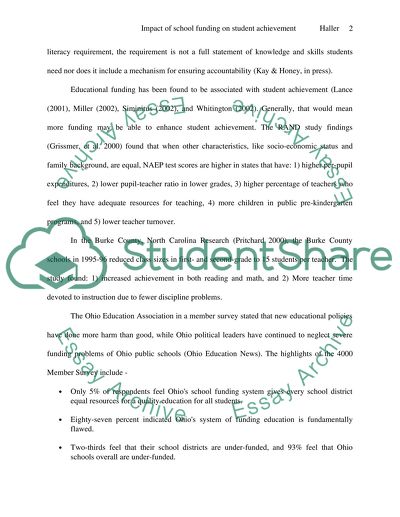Cite this document
(Using Technology to Improve Student Achievement Term Paper, n.d.)
Using Technology to Improve Student Achievement Term Paper. Retrieved from https://studentshare.org/education/1533209-impact-of-school-funding-on-student-achievement
Using Technology to Improve Student Achievement Term Paper. Retrieved from https://studentshare.org/education/1533209-impact-of-school-funding-on-student-achievement
(Using Technology to Improve Student Achievement Term Paper)
Using Technology to Improve Student Achievement Term Paper. https://studentshare.org/education/1533209-impact-of-school-funding-on-student-achievement.
Using Technology to Improve Student Achievement Term Paper. https://studentshare.org/education/1533209-impact-of-school-funding-on-student-achievement.
“Using Technology to Improve Student Achievement Term Paper”, n.d. https://studentshare.org/education/1533209-impact-of-school-funding-on-student-achievement.


